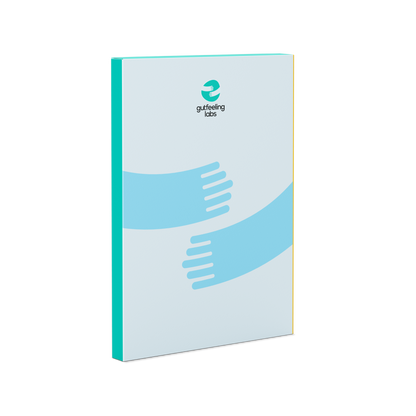SIBO – Small Intestinal Bacterial Overgrowth – occurs when bacteria that are normally confined to the large intestine begin to proliferate in the small intestine. This can happen if the natural valve between the small and large intestine – the ileocecal valve – weakens or leaks. Chronic stress can be a contributing factor. Research also shows that long-term use of acid-suppressing medications can increase the risk of developing SIBO.
<>Since the small intestine lacks the protective mucus layers that the large intestine has, bacteria and toxins can more easily irritate the intestinal wall and contribute to a condition known as leaky gut. This, in turn, can negatively affect the immune system – especially since around 70% of the body's immune cells are located in the mucosa of the small intestine. The result may be low-grade, chronic inflammation that affects multiple parts of the body, including the skin, muscles, and nervous system.
SIBO is therefore not just a local problem in the gut. It can impact the entire body and overall health. There is also a strong link between SIBO and IBS. Studies show that up to 80% of people with IBS also have SIBO.


